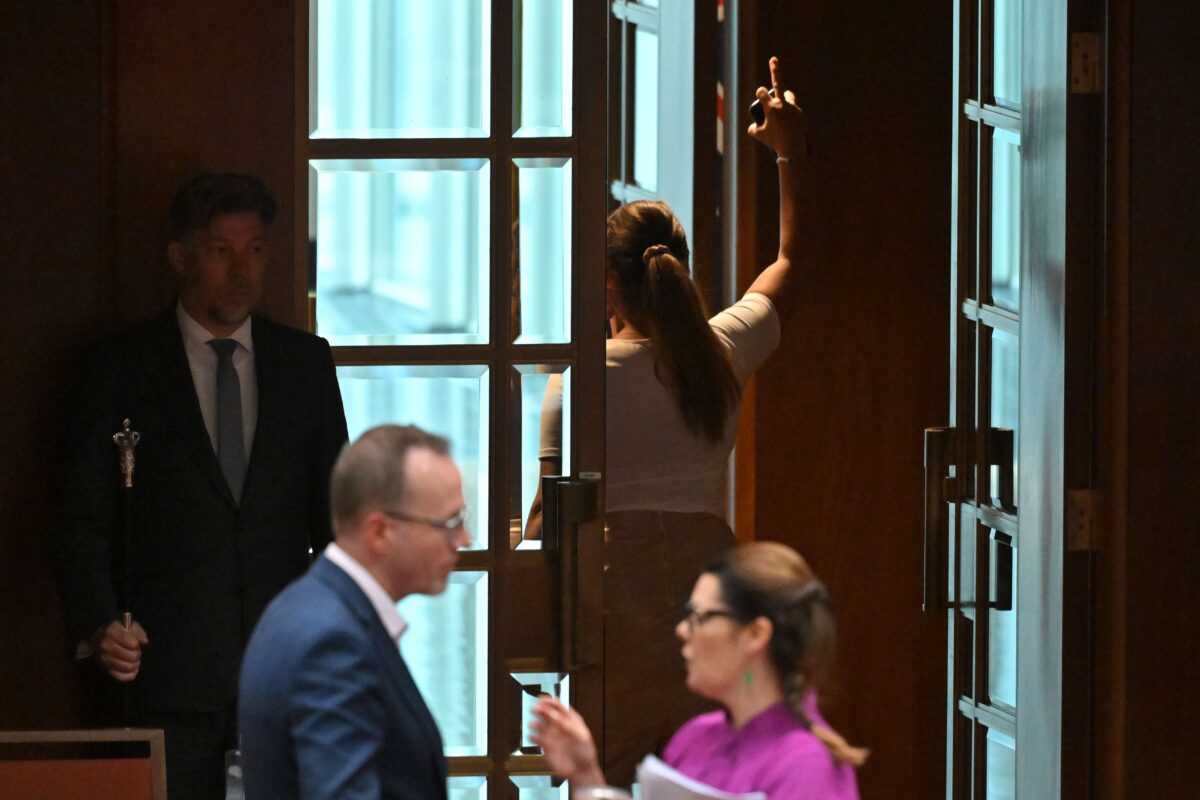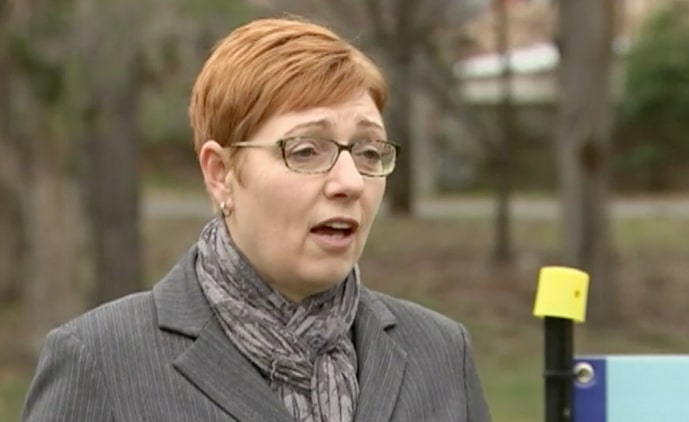
Victorian COVID crisis to deliver $3.3 billion hit to nation’s growth in September quarter, writes political columnist MICHELLE GRATTAN.
THE reintroduction of restrictions in Victoria in response to its COVID second wave will reduce national growth by $3.3 billion, or about 0.75 per cent of GDP, in the September quarter, according to estimates in Thursday’s economic statement.
Despite Scott Morrison’s determined note of optimism, the statement will confirm a highly confronting economic future.
This has been compounded by the uncertainty about Victoria, which on Wednesday recorded a record 484 new cases and two more deaths. Premier Daniel Andrews said people were being slow in being tested and failing to isolate while waiting for the result.
Treasurer Josh Frydenberg said on Wednesday the economic statement would contain “eye watering numbers”. The deficit would be “very big”.
A combination of massive government spending and a big hit to revenue will produce the largest deficit since the Second World War.
Frydenberg said: “This is, without doubt, the biggest economic shock this country has ever faced.”
“It’s affected not just the spending side … but also the revenue side has been badly hit because businesses are not turning the usual profits and therefore paying tax, and people are not in as many jobs as they were previously and therefore not paying as much tax,” Frydenberg said.
The statement will show company tax receipts expected to fall by more than $25 billion over two financial years, with declines of $13.2 billion in 2019-20 and $12.1 billion in 2020-21. Company tax receipts in 2018-19 were $93.7 billion.
Business investment is forecast to decline by 6 per cent in 2019-20 and 12.5 per cent in 2020-21. But mining investment is expected to be positive, for the first time in seven years – expected to increase by 4 per cent in 2019-20 and 9.5 per cent in 2020-21.
The government has already announced its continuation of JobKeeper, but scaled back, at an extra cost of $16.6 billion, and of the Coronavirus Supplement, at a reduced level, at a cost of $3.8 billion.
The economic statement will give forecasts for two years rather than the four year forward estimates. The latter will come in the October budget. The statement, which will cover the outlook for both the domestic and international economies, will show the expected peak in unemployment. This will be above the current rate of 7.4 per cent. The government puts the real level of unemployment at 11.3 per cent when adjustments are made for those on JobKeeper working zero hours and those who have left the workforce.
The government says the budget’s structural integrity has been maintained with more than 99 per cent of its $289 billion COVID economic response being spent in 2019-20 and 2020-21. This means the spending won’t be “baked in” structurally, it says.
The fiscal policy measures are estimated to have kept down the unemployment rate by about five percentage points, preventing the loss of about 700,000 jobs, according to the government.
Deloitte’s Chris Richardson has predicted the deficit for 2019-20 could be up to $100 billion and for 2020-21 up to $200 billion.
Frydenberg, who comes from Melbourne, told 3AW that when in Canberra he was “confined to my office, other than when I’m going up and back to the Press Gallery. … I’m wearing a mask outside my office.”
Michelle Grattan is a Professorial Fellow at the University of Canberra. This article was originally published on The Conversation.
Who can be trusted?
In a world of spin and confusion, there’s never been a more important time to support independent journalism in Canberra.
If you trust our work online and want to enforce the power of independent voices, I invite you to make a small contribution.
Every dollar of support is invested back into our journalism to help keep citynews.com.au strong and free.
Thank you,
Ian Meikle, editor




Leave a Reply